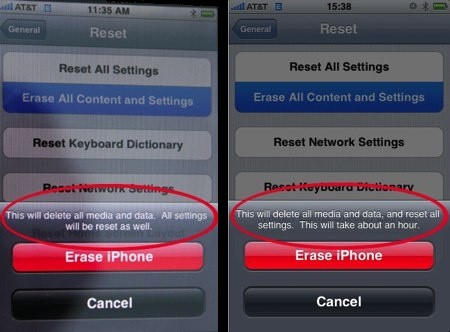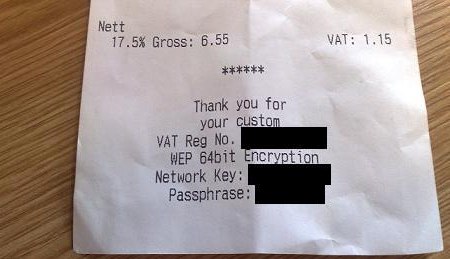UPDATE: Video can also be found here.
Ah, the life of the work-a-day hacker: sure, it’s glamorous, but all the paparazzi dogging your every step can get unbearably stressful. Thankfully, you have a recourse with these anti-paparazzi sunglasses. They work by mounting two small infrared lights on the front. The wearer is completely inconspicuous to the human eye, but cameras only see a big white blur where your face should be.
Building them is a snap: just take a pair of sunglasses, attach two small but powerful IR LEDS to two pairs of wires, one wire per LED. Then attach the LEDs to the glasses; the video suggests making a hole in the rim of the glasses to embed the LEDs. Glue or otherwise affix the wires to the temples of the glasses. At the end of the temples, attach lithium batteries. They should make contact with the black wire, but the red wires should be left suspended near the batteries without making contact. When you put them on the red wire makes contact, turning the lights on. It’s functional, but we’re thinking that installing an on/off switch would be more elegant and it would allow you to wear them without depleting the batteries.
[via BoingBoing]
















